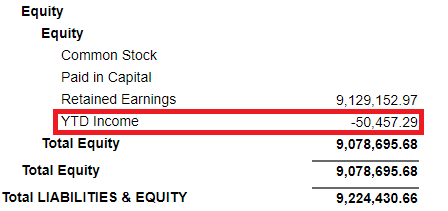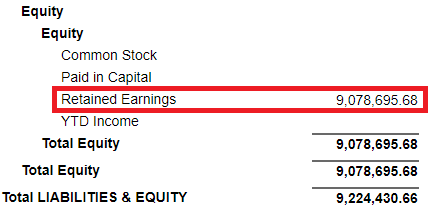Year-End Checklist
For a smooth transition into the new year, review the following checklist to make sure that all tasks are completed before the current year’s end.
✔ | Task | Details |
|---|---|---|
Fiscal Year |
| |
GL Detail |
| |
1099 |
| |
Budgets |
| |
Retained Earnings |
| |
Closing Periods |
|
Retained Earnings
Retained earnings are the total profits that have been earned to date. In R365, retained earnings appear for any set date range and are based on net profit. In most accounting systems, closing out retained earnings is the last step in closing the fiscal year, whether through a Journal Entry or an internal process.
In R365, this step is completed for you. Because there are many steps involved in these calculations, there is no journal entry that you can drill into to change this amount. It is also important to note that any changes made to the general ledger will cause that entry to update the retained earnings.
Viewing the Retained Earnings Calculation | Example for years 2020 to 2021 | |
At the end of the old year, a Net Income/Loss line appears on the Balance Sheet, labeled YTD Income (Year-to-Date Income). | The Balance Sheet from 31 December 2020 displays a YTD Income of (-$50,457.29). | |
At the beginning of the new year, the Net Income/Net Loss line moves into Retained Earnings. | The Balance Sheet from 1 January 2021 displays a Retained Earnings of $9,078,695.68 (2019 Retained Earnings + December 2020 YTD Income). |

Once you finish closing the year, or making any final adjustments, go into the Legal Entity record and close your system by entering a Close Date. This will prevent any future postings prior to that date.
Unlike other transactions, you cannot drill down into the Retained Earnings transaction, but you can see where all expenses were zeroed out at Year End.


